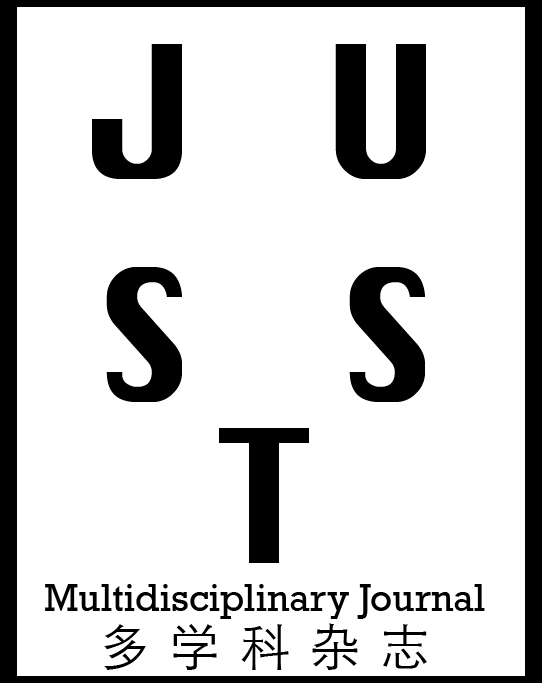Manisha Mansukh Kapadiya, Assistant professor,
Department of shalyatantra, Institute of teaching and research in Ayurveda (INI), Ministry of AYUSH, Jamanagar-361008, Gujarat, INDIA.
Vikash Jain, Private practitioner,
Uttam Ayurveda, Beeja, Bemetara, Chhattisgarh-491993, INDIA.
T.S. Dudhamal, Professor and HOD
Department of shalyatantra, Institute of teaching and research in Ayurveda (INI), Ministry of AYUSH, Jamanagar-361008, Gujarat, INDIA.
Dr Manisha Mansukh Kapadiya (Corresponding Author), Assistant professor
Department of Shalyatantra, Institute of teaching and research in Ayurveda (INI), Ministry of AYUSH, Jamanagar-
361008, Gujarat, INDIA.
